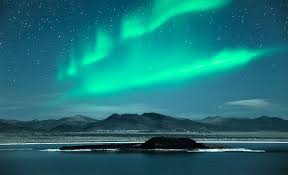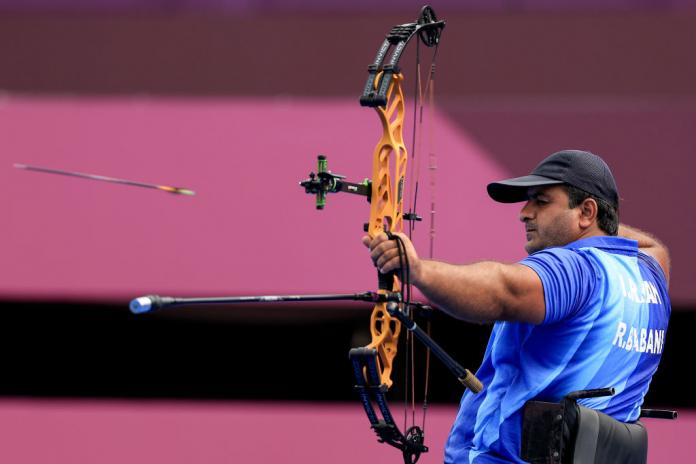Natures light show, the Northern Lights, is a spectacle that captivates the hearts of travel enthusiasts, nature lovers, and astronomy buffs alike. But where is the Northern Lights seen? If you have been yearning to witness this magical phenomenon, you are in the right place. In this blog post, we will explore everything you need to know about the Aurora Borealis. You will learn about its causes, the best times to view it, and the most stunning places across the globe to experience this natural wonder. By the end of this read, you will be equipped with all the knowledge you need for your next adventure under the shimmering night sky.
What Causes the Northern Lights?
The Northern Lights, or Aurora Borealis, are caused by the interaction between the Earth is magnetic field and solar wind—a stream of charged particles emitted by the sun. When these particles collide with gases in our atmosphere, they create the mesmerizing dance of lights that we see. This interaction primarily occurs in the polar regions due to the Earth is magnetic field lines converging there. The colors you witness—ranging from green to pink to purple—depend on the type of gas molecules involved in the collision.
The Science Behind the Spectacle
Understanding the science behind the Northern Lights can deepen your appreciation for this incredible phenomenon. Energetic particles from the sun, carried by the solar wind, penetrate the Earth magnetosphere. They then collide with oxygen and nitrogen atoms and molecules in the atmosphere, causing these particles to light up. Oxygen produces green and red lights, while nitrogen results in blue and purple hues. This scientific marvel unfolds approximately 60 to 250 miles above the Earth surface.
Best Places to See Northern Lights
Tromsø, Norway
Tromsø is often dubbed the Gateway to the Arctic and offers one of the best vantage points for viewing the Northern Lights. With its clear skies and minimal light pollution, this Norwegian city is a paradise for Aurora hunters. You can also enjoy various winter activities, such as dog sledding and ice fishing, while waiting for the lights to appear.
Reykjavik, Iceland
Iceland is capital, Reykjavik, is another prime location for witnessing the Aurora Borealis. The country is diverse landscapes—from glaciers to volcanic fields—provide a stunning backdrop for the light show. Head to Pingvellir National Park for an unobstructed view of the night sky.
Fairbanks, Alaska
Fairbanks is one of the most accessible places in the United States to see the Northern Lights. With optimal viewing conditions from late August to April, this Alaskan city is a hotspot for Aurora enthusiasts. The University of Alaska Fairbanks also hosts an Aurora forecast to help you plan your viewing nights.
Yellowknife, Canada
Located in the Northwest Territories, Yellowknife is renowned for its clear skies and frequent Aurora displays. The city even has an Aurora Village, where you can experience Indigenous culture while waiting for the lights to dance.
What Time Can I See the Northern Lights in the UK?
While the UK is not the most renowned destination for Northern Lights sightings, it is possible under the right conditions. The best time to see the Northern Lights in the UK is during the winter months, particularly from late October to early March.
The Cultural Significance of the Northern Lights
The Northern Lights have held a special place in the folklore and traditions of many cultures throughout history. In Norse mythology, they were believed to be the glow from the shields and armor of Valkyries, choosers of those who may die and those who may live in battles. Conversely, Indigenous peoples of the Arctic regions often viewed the lights as the spirits of their ancestors, providing guidance and protection. These narratives not only highlight the wonder people felt toward the natural phenomenon but also illustrate how the Aurora has been a source of inspiration, art, and storytelling for generations. Many cultural events and festivals are now held celebrating the Northern Lights, bringing communities together to share in the awe of this magical display. As we continue to explore the science behind the Auroras, it is vital to remember the rich cultural contexts that surround them, linking the natural and human experiences in a profound way.
The Environmental Impact
While the Northern Lights themselves are a natural phenomenon, the increasing popularity of Aurora tourism has environmental implications. Responsible travel practices are essential to preserving these pristine environments.
Sustainable Tourism
opt for eco-friendly accommodations, minimize waste, and respect local wildlife and habitats. Supporting local businesses and cultural preservation efforts also contributes to sustainable tourism.
Leave No Trace
When visiting Northern Lights destinations, adhere to the Leave No Trace principles. Pack out all trash, avoid disturbing natural features, and be considerate of other visitors.
Witnessing the Northern Lights is a bucket-list experience for many travel enthusiasts and nature lovers.
From understanding what causes this breathtaking phenomenon to knowing the best places and times to see it, you are now well-prepared for your Aurora adventure. Remember, the magic of the Northern Lights is not just in seeing them but in the entire experience—from the anticipation and preparation to the awe-inspiring moment when the sky lights up. Whether you are a seasoned Aurora chaser or a first-time adventurer, the Northern Lights promise a spectacle you will never forget. Ready to start planning your trip? Explore our comprehensive guides and connect with our community of fellow Aurora enthusiasts. Your adventure under the stars awaits!






Kia
World is so beautiful.